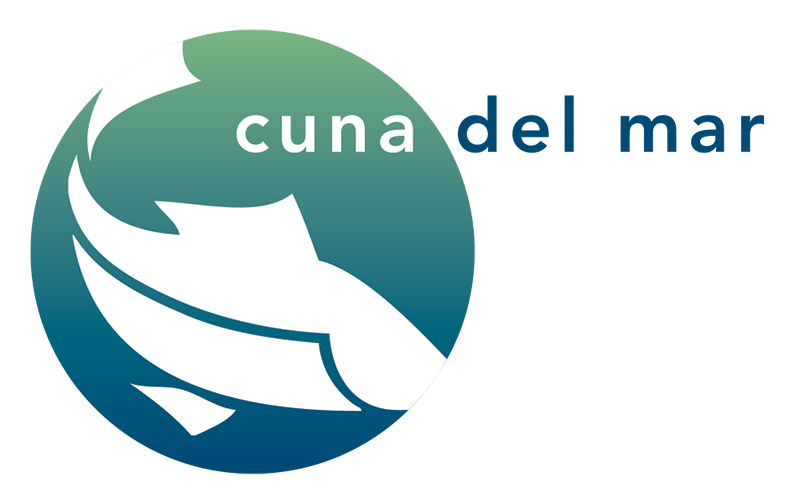Polyculture: The New Aquaculture?
www.SustainableOceanProject.com
Polyculture is a sustainable and more productive way to farm-raise products from the sea. So why isn’t every aquaculture operation in the world doing it? SOP profiles this ancient technique and speaks to its potential for our future.
More than 1,000 years ago during the Tang Dynasty, Chinese fish farmers introduced the practice of polyculture. They stocked ponds with different species of carp and grew phytoplankton and algae by adding agriculture by-products. Ultimately they got higher productivity from the whole system with less waste.
Today, researchers and aquaculture companies are trying to build larger scale polyculture systems that are functional and profitable. Leading the charge in this field is Dr. Thierry Chopin at the University of New Brunswick. His research has led to a successful polyculture of salmon, mussels, and kelp (seaweed) in a system he calls Integrated Multi-Trophic Aquaculture. Despite the overly-technical and non-sexy name, his creation is catching on.
Cooke Aquaculture, with its headquarters in New Brunswick, raises about 115 million pounds of salmon through its operations in Atlantic Canada, Maine, and Chile. SOP has commented on good and bad farm-raised salmon in Part 2 and Part 3 of its series on aquaculture. Cooke tends to be one of the more innovative and sustainable-minded aquaculture companies out there.
Cooke has adopted Dr. Chopin’s system in about 15 of its nearly 100 salmon farms around New Brunswick, and it wants to expand. Salmon excrete organics and nutrients. Mussels feed on the organics. The kelp take up the inorganic nutrients. Dr. Chopin’s research shows a 50% increase in growth rate of kelp and mussels raised in this system. And the salmon waste that can foul nearby waters is greatly reduced.
Dr. Chopin’s lab continues to receive various grants to further advance polyculture on an industrial scale. The latest….he is working to introduce sea cucumbers and urchins into his salmon polyculture system. With hundreds of combinations of species to raise together, it feels like we’ve only scratched the surface of this practice. SOP will keep an eye out for future developments.
